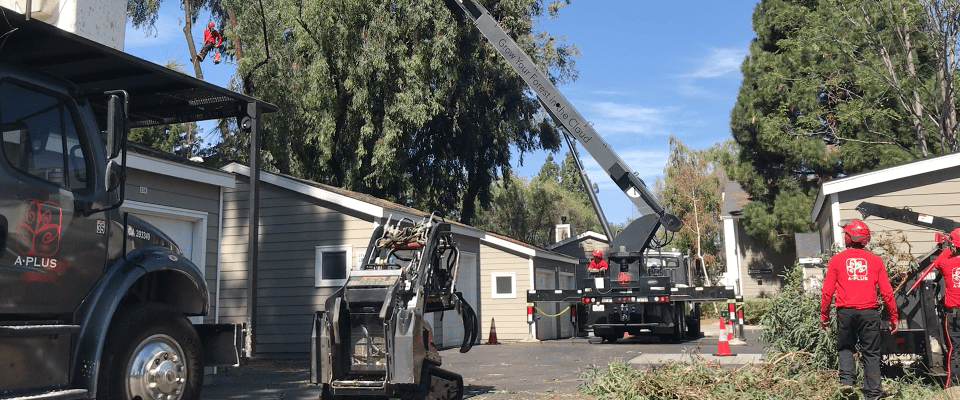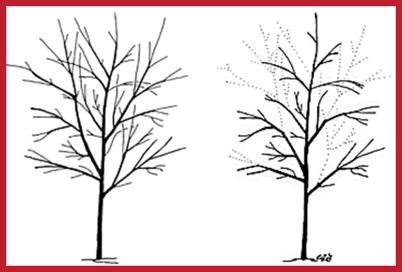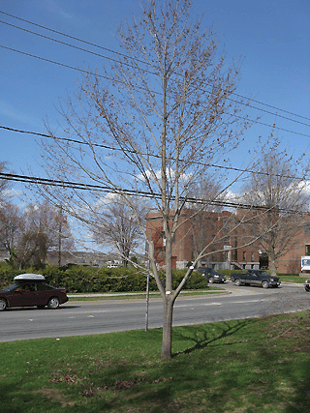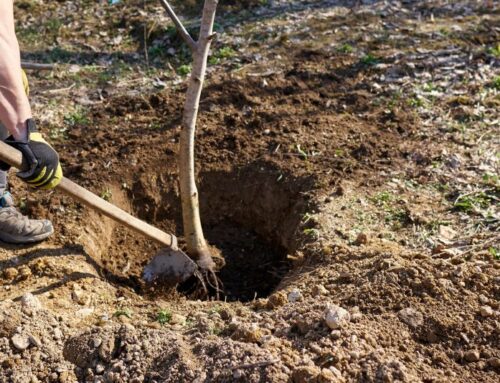1. DON'T TOP
Topping is the severe removal of large branches, leaving stubs or a naked tree trunk. Tree owners sometimes believe this will reduce tree size, minimize pruning needs, and save money. But, topping shocks trees into rapid regrowth and results in many other problems down the road, such as:
- Tree starvation.
- Rapid regrowth in the tree's attempt to feed itself and survive.
- Weak branches, which increase risk and liabilities.
- Fast-growing, weak branches that need even more pruning!
- Large pruning wounds that invite decay.
- Ugly trees, lowering property value and aesthetic appeal.
- Plus, it's illegal in some cities!
2. DON'T Lions Tail
Lions tailing strips away the tree’s inner branches and leaves. This creates bald branches with tufted ends that resemble lion’s tails. These branches now have heavier end weight and are more likely to break. Plus, the naked branches are more prone to sunscald and bark damage, inviting pests and disease to enter.
3. DON'T Over Prune
As a rule of thumb, don’t remove more than 25% of a tree’s living canopy in one season. Leaves are the tree's sugar factory, so removing too many at once starves the tree and increases vulnerability to pest attacks. |









